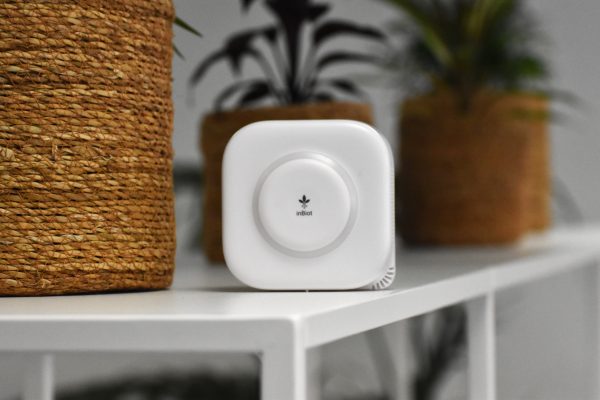Author: Maria Figols (Chief Scientific Officer, inBiot Monitoring)
K-HEALTHinAIR leads the way in Indoor Air Quality (IAQ) assessment by utilizing IoT devices for continuous monitoring, focusing on the impact of IAQ on the health of vulnerable outpatients, especially those with obstructive pulmonary disorders like Chronic Obstructive Pulmonary Disease (COPD). The project extends its reach to healthcare facilities and patients’ homes, developing a portable IAQ monitoring tool that addresses challenges such as battery life, portability, and monitoring multiple parameters like temperature, humidity, CO2, Total Volatile Organic Compounds (TVOC), formaldehyde, ozone, and particulate matter. Striking a balance between user-friendly features for the public and detailed analytics for professionals is crucial.
The development of the portable Indoor Air Quality (IAQ) monitor focuses on battery and sensor evaluation, prototype design with electronic board and firmware testing, as well as overall electronic development. The design and development of the casing cover aspects like portability, battery operation, LED indicators, ON/OFF and reset buttons, particle sensor requirements, ventilation, and limitations.

The K-HEALTHinAIR project meticulously evaluates sensor technologies, opting for a mix of digital, Non-Dispersive Infrared (NDIR), Metal-oxide (MOx), electrochemical, and laser light scattering technologies to ensure accuracy, power efficiency, and compact design. The all-in-one sensor node integrates critical IAQ parameters into the portable tool, aiming to pioneer advancements in respiratory health management.

